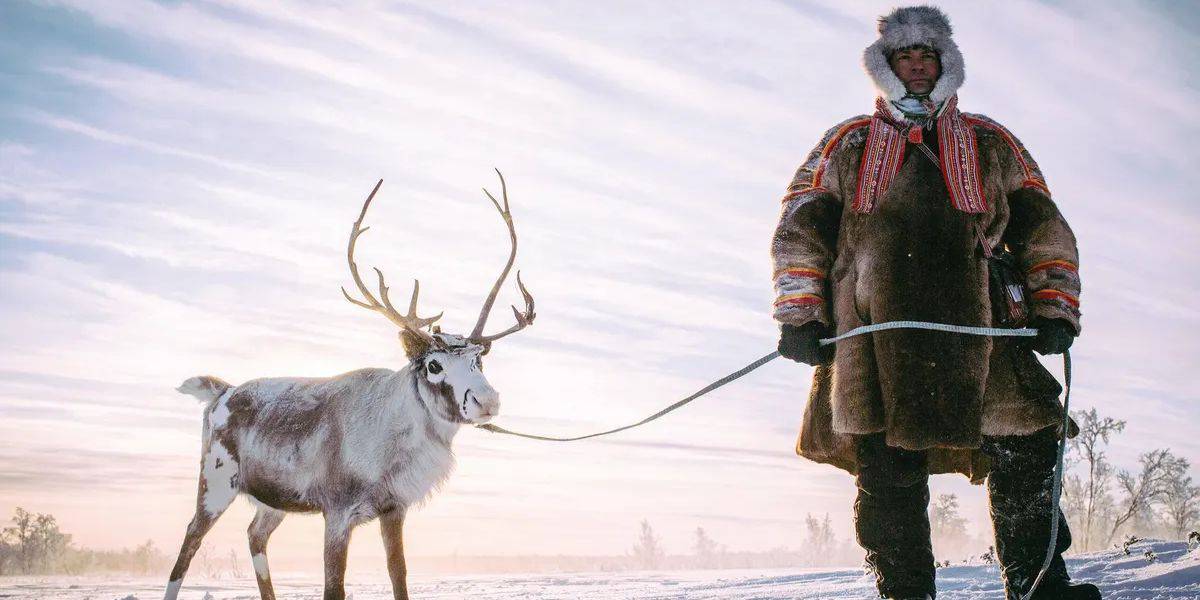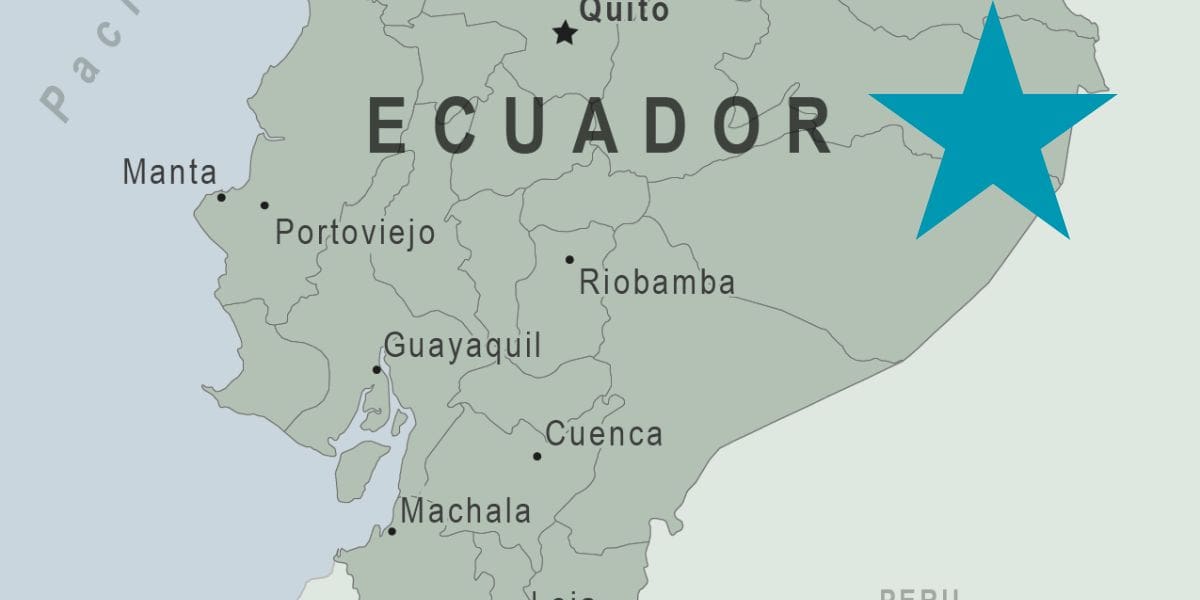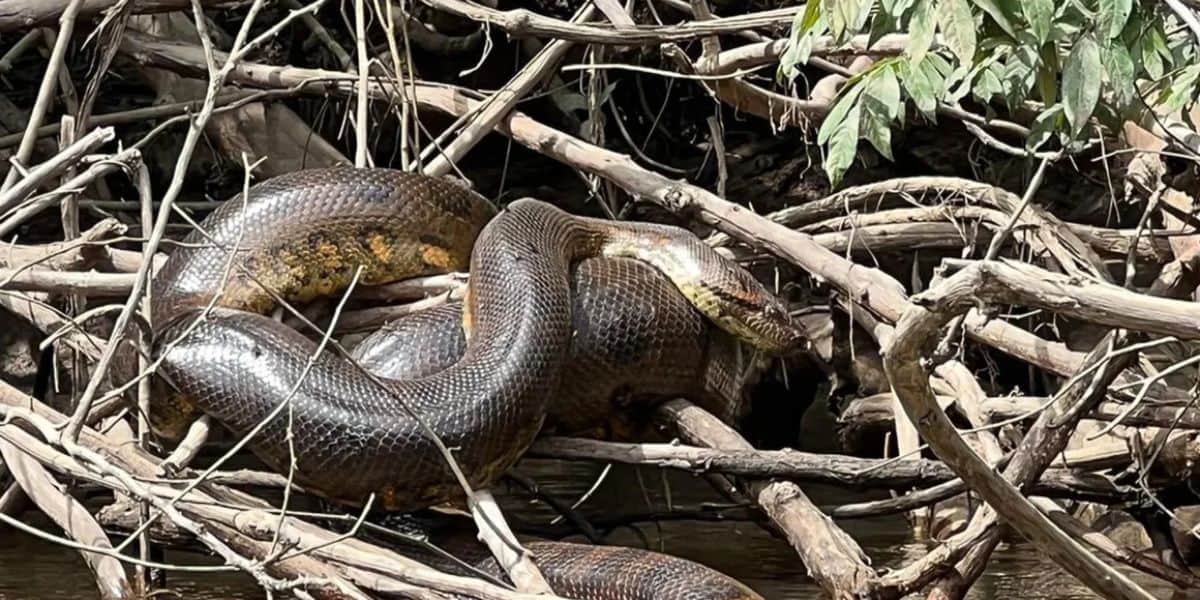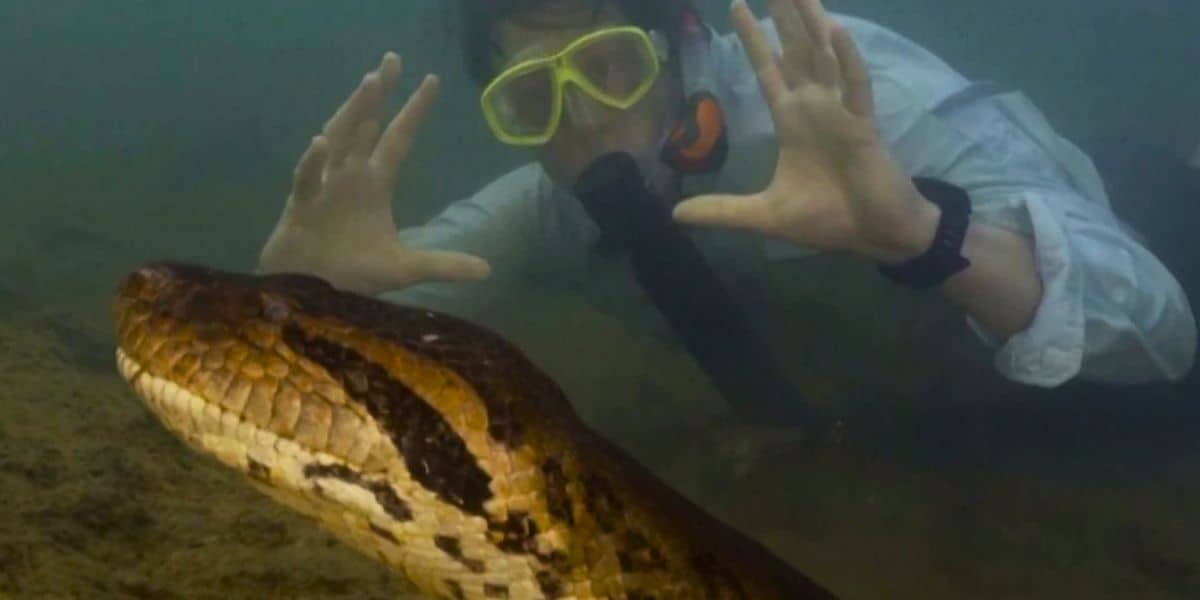World’s Largest Species of This Creature Discovered During Filming For Upcoming Disney+ Series
A new species of one of the world’s largest creatures has been discovered in the Amazon as filmmakers captured footage for a Disney+ series starring actor Will Smith, according to the University of Queensland.

A brand-new species of anaconda has been discovered in the Amazon during the filming of the National Geographic series for Disney+, Pole to Pole With Will Smith.
As part of the series, Bryan Fry at the University of Queensland led an expedition with Will Smith in Eastern Ecuador at the Waorani lands. The objective of the expedition was to get more information about the anaconda population on the lands. It’s one of only a few times the tribe on the lands has granted access to outsiders since the first time contact was made with the tribe in 1958.
‘Pole to Pole’ With Will Smith
Pole to Pole With Will Smith will be one of the many docuseries on Disney+ from National Geographic. In the series, Smith makes the 26,000-mile trek from the South Pole to the North Pole. The series was initially announced in 2022 as part of an extensive addition of content on Disney+ from NatGeo.
The series is Smith’s third project with National Geographic after Welcome to Earth and One Strange Rock.

Throughout the series, Smith, who also serves as executive producer in the series, will not only make the nearly 30,000-mile journey from one end of the earth to the other, but he will also make stops along the way, crossing all of the planet’s biomes and spending time in communities along the journey.
An Amazing Discovery
The series is being filmed over more than 100 days, and recently, a brand-new species of the world’s largest snake was discovered during production.
According to the University of Queensland, Professor Fry and his team “captured and studied” various specimens of a species of giant anaconda that were previously undocumented or undiscovered.
The new species, Eunectes akayima, or “northern green anaconda,” was located in the Ecuadorian Amazon in the Bameno region of Bahihuaeri Waorani Territory.

“Our team received a rare invitation from the Waorani people to explore the region and collect samples from a population of anacondas, rumored to be the largest in existence,” explained Professor Fry, who said that indigenous hunters took the team of explorers and scientists deep into the jungle on a ten-day expedition to find the anacondas.

In the region, the snakes are considered sacred.
Fry also said that the team found several anacondas, one of which was female and measured more than 20 feet long.
“We paddled canoes down the river system and were lucky enough to find several anacondas lurking in the shallows, lying in wait for prey,” Fry said. “One female anaconda we encountered measured an astounding 6.3 meters (20.7 feet) long. There are anecdotal reports from the Waorani people of other anacondas in the area measuring more than 7.5 meters (25 feet) long and weighing around 500 kilograms (1102 pounds).”

Fry called the discovery the highlight of his career.
“The size of these magnificent creatures was incredible,” said Fry, who is a National Geographic Explorer and served as the expedition’s scientific leader.





